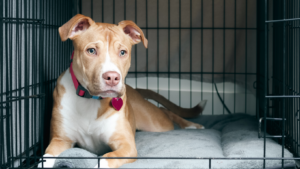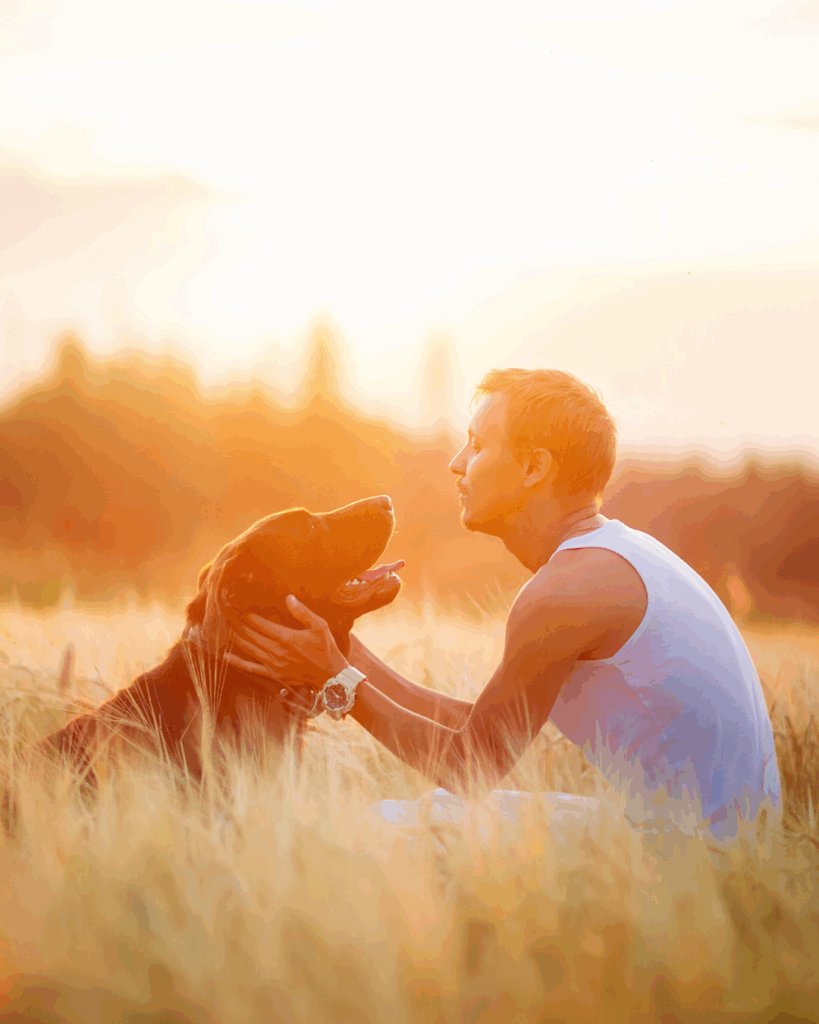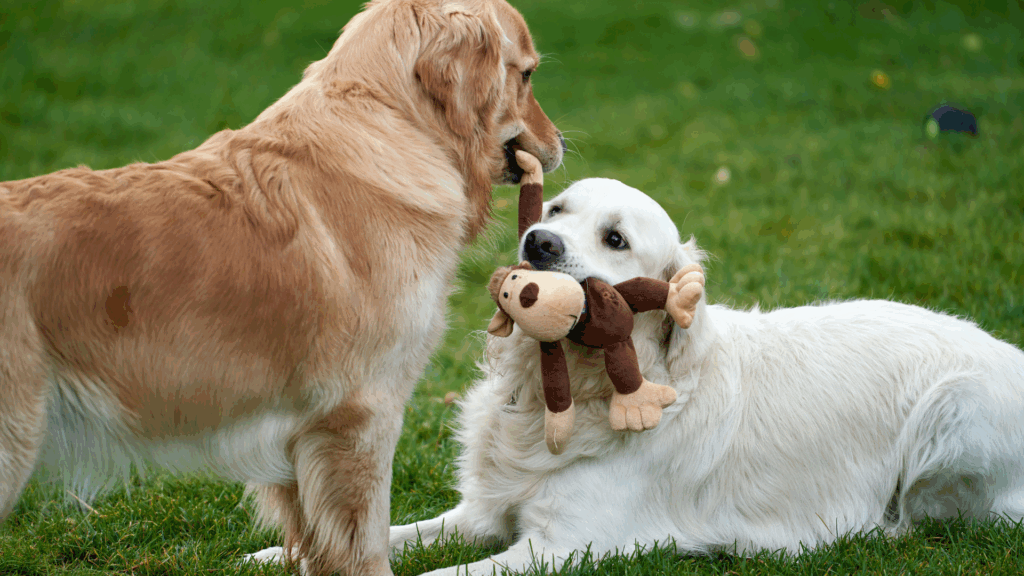Dog crates. The mere mention of them stirs up strong emotions. Some people swear by them, others recoil at the idea. But here’s the truth—your opinion about crates has more to do with your own psychology than your dog’s needs.
Let’s dig into five of the most common questions I hear about dog crates. Be warned—this might hit a little too close to home.
1. Isn’t Crating My Dog Like Putting Them in Jail?
Let’s flip this around. If a crate is “jail,” then what is your bedroom? You have four walls, a door, a bed—are you imprisoned? Or is it a safe, comfortable space where you recharge?
Dogs, by nature, are den animals. In the wild, they seek out enclosed, safe spaces to rest and escape threats. The real problem isn’t the crate—it’s your perception of control. Are you uncomfortable setting boundaries? Do you see any form of restriction as inherently negative?
The crate isn’t jail. It’s structure. And structure is what makes a dog feel safe.
2. Won’t My Dog Feel Abandoned in a Crate?
This question is often more about the owner than the dog. If you struggle with the idea of your dog being alone, ask yourself—are you projecting your own fear of abandonment onto your pet?
Dogs don’t think like we do. They live in the present moment. If a dog is conditioned properly to a crate, they don’t see it as isolation. They see it as a place to settle. The only time a dog resists a crate is if they’ve never been taught how to accept stillness.
Here’s a hard truth—if your dog panics in a crate, that’s a reflection of their overall state of mind. Fixing it isn’t about giving them more freedom. It’s about teaching them how to be okay with control.
3. Shouldn’t My Dog Be Free in the House Like a Family Member?
Ah, the humanization trap. You love your dog. You see them as part of the family. And that’s great—until you start confusing them for a tiny, furry human.
Dogs thrive on structure. And that means earning freedom. A dog left loose in the house before they’ve proven they can handle it isn’t experiencing “freedom.” They’re experiencing chaos. They don’t know the rules. They can’t handle the responsibility. And if they end up chewing up the couch or peeing on the floor, that’s on you, not them.
Would you let a toddler roam the house unsupervised? No. Because they haven’t developed the skills to navigate that kind of freedom. The same goes for a dog.
4. Won’t My Dog Hate Me for Crating Them?
Let’s be honest—you’re not really asking about your dog. You’re asking if you can handle the discomfort of setting a boundary.
A dog doesn’t “hate” the crate. What they push back against is change. And change is uncomfortable—until it isn’t. The key isn’t avoiding discomfort; it’s working through it.
Your dog takes their emotional cues from you. If you treat the crate as a punishment, they’ll resist. If you introduce it as a normal, non-negotiable part of life, they’ll accept it. Your guilt? That’s not their problem. It’s yours.
5. How Long Can a Dog Stay in a Crate?
Here’s the thing—this question only comes up when people haven’t trained their dog to settle outside the crate.
If you rely on the crate because your dog can’t be calm without it, that’s a training issue. The goal isn’t to keep your dog locked up all day. The goal is to use the crate as a tool while teaching them impulse control outside of it.
A puppy can only hold their bladder for a few hours. An adult dog can comfortably stay crated overnight or while you’re at work—as long as they get enough exercise, structure, and engagement outside of it. If you’re crating a dog for 10+ hours a day with zero enrichment? That’s not training. That’s neglect.
Final Thought: The Crate Isn’t the Issue—Your Mindset Is
If you struggle with crates, ask yourself why. Are you avoiding structure because you’re uncomfortable with control? Are you projecting human emotions onto your dog instead of meeting their actual needs?
Crates aren’t cruel. They aren’t punishment. They’re one of the most powerful tools you have to create a calm, well-balanced dog. But like any tool, their effectiveness depends on how you use them.
For our FREE DOG TRAINING PROGRAM click here. To get in touch with a trainer with questions CLICK HERE.





